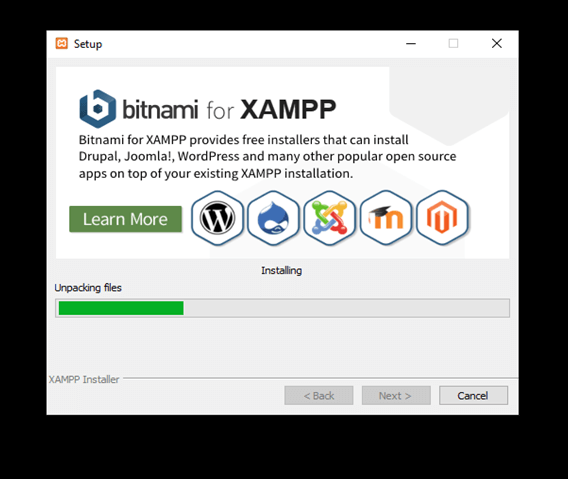

Create a New Local WordPress Installation.Export Website Content with the Export Tool.Method 1: Using the WordPress Export/Import Tool.In this tutorial, I’ll demonstrate three different ways of moving a copy of a WordPress website that is live on the web to a local XAMPP-powered development environment. These are just a few scenarios best handled using a local WordPress installation with the finished product being uploaded back to the webserver. Another situation best handled locally is switching themes, which can produce some unattractive results that need to be cleaned up one page and post at a time testing and cleaning up theme changes locally can avoid this unpleasantness.

Or, if you’re redesigning your site or adding a major new feature, developing the changes locally will allow you to launch them all at once rather than making them incrementally and producing a poor user experience during the transition. For example, anytime you install a new plugin you can test it locally to avoid errors producing the white screen of death. Using a local development environment is a good idea in many different situations. This makes XAMPP a great option for developers who want to develop sites and test plugins and themes locally before pushing those changes to a live website. XAMPP is a popular, free, open-source web server you can install on your computer and use to power local WordPress installations.


 0 kommentar(er)
0 kommentar(er)
